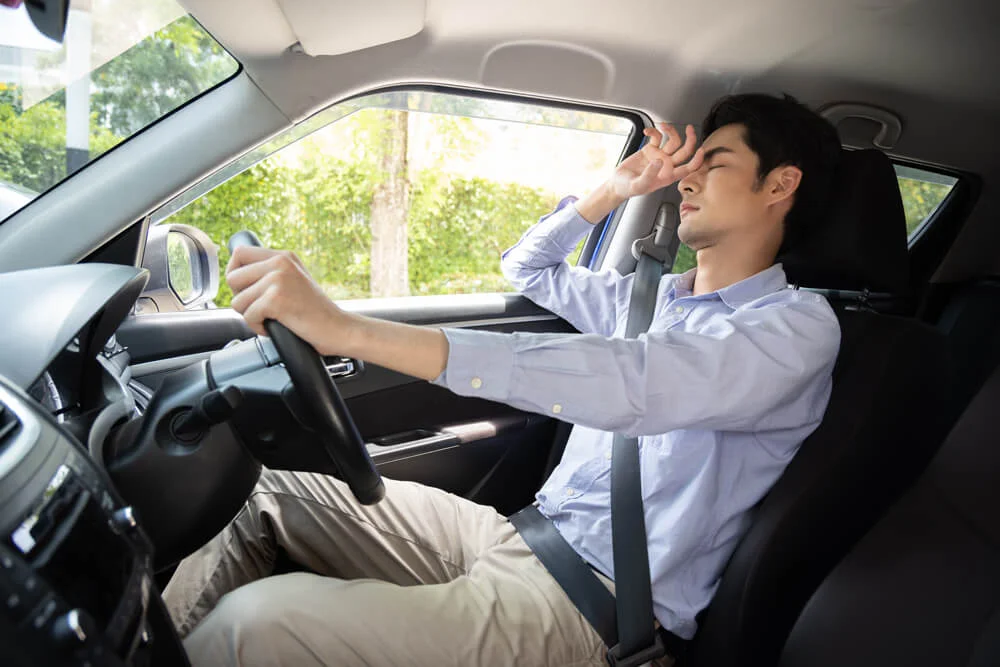Drowsy Driving

Drowsy Driving
Drowsy driving claims many lives and is a major cause of car accidents in the United States. According to the National Highway Traffic Safety Administration, drowsy driving caused 795 deaths in 2017. Many drivers mistakenly believe that they will never fall asleep while driving, even if they are tired. However, sleepiness most commonly causes accidents when drivers are alone in the car or driving on rural roads and single-lane highways. These accidents typically occur during certain times of the day, such as late night hours between 12:00 a.m. to 6:00 a.m. or late afternoons.
Warning Signs
- Frequent yawning
- Drifting lanes
- Inability to focus
- Daydreaming
- Trouble keeping the head up
- Nodding off
- Difficulty keeping eyes open
- Failing to recall the last few miles driven
- Difficulty maintaining speed

According to the American Sleep Foundation,
How to Avoid Drowsy Driving Accidents
Almost 20 percent of drivers admitted to falling asleep behind the wheel within the past year. In fact, driving a vehicle after 20 hours without sleep is equivalent to driving over the legal alcohol limit. To keep all drivers and passengers safe on the roads, the following are safety tips to avoid potential drowsy driving accidents:
-
Get enough sleepAdults require seven to eight hours of sleep every night, therefore, it is important to get enough sleep. Staying alert involves an adequate amount of sleep as well as quality of sleep. Ensure that all electronic devices and televisions are turned off at least one hour before sleeping for a restful sleep every night.
-
Collision avoidance systemsRecent automobiles are equipped with collision avoidance systems that will provide a warning when a driver is drifting lanes. Investing in a car with this type of technology can prevent drowsy driving, especially if the driver is in a profession that compromises their sleep or causes drowsiness.
-
Read medication labelsIf taking medication, read the labels to see if they cause drowsiness. Many cold and flu medications can cause drowsiness, so avoid driving under the influence of such medication.
-
Take a napIf a driver is unable to stay alert due to sleepiness, it is advisable to pull over in a well-lit designated rest area to take a 20-minute nap. Napping has shown to increase alertness for short periods of time.
-
Use public transportationWhen tired or drowsy, avoid driving. Ask another person who is more alert to drive you. Otherwise use a taxi, ridesharing service, or public transportation.



